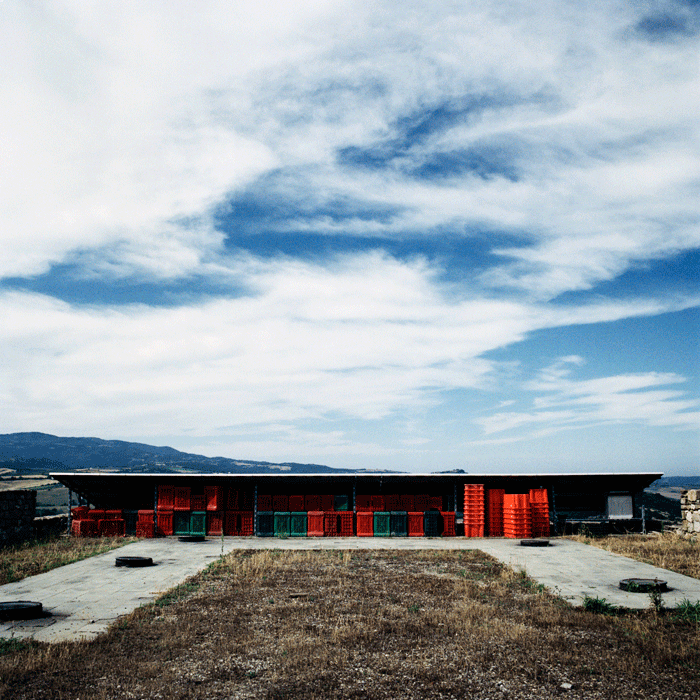The sipping forecast – part two
Author: David Berry Green
Loredana Tanganelli and Antonio Brandi at Scopetone, Tuscany
The 2014 vintage was much influenced by the weather: a warm, wet winter and the mild spring brought forward the flowering and the vegetative cycle. High levels of rain during June and July favoured the development of downy and oidium mildews that, along with rain and hail storms, compromised the ability of the plant to function. Persistent humidity and deluges during the final phase of maturation (together with presence of noble rot) brought forward the date of harvest, even when phenolic maturation had not been achieved. Thus strict selection of healthy fruit was required both in the vineyard and also in the cantina. As a result the quantity was slightly up on 2013, but down qualitatively. An average year without any points of excellence.
Aldo Cifola at La Monacesca, Marche
In the end this ‘cursed’ 2014 delivered both light and shade. As for the climate, I don’t think it could have been worse: it was a cold, wet summer unseen in 150 years. The only positive note was the 30 days of sun and heat that lasted between mid-September and mid-October, which favoured Verdicchio, allowing a good maturation of the bunches. We harvested between 10th and 29th October, with average yields. We even made ‘Mirum’.
The Ferraro family at Bele Casel, Veneto
It was a particularly difficult year, with summer only appearing for a week between 7th and 14th June.
Initially it seemed like a straightforward year: a little rain with temperatures on the low side. Then, from the middle of June, it began to rain constantly through until September. Operating organically forces you to be vigilant, working around the clock, even during weekends and festivals in fits and starts, depending upon the weather. When possible, we were always present in the vineyard in order to save the crop.
Flowering began on 22nd May among the vines of Caerano, then proceeded for another week in the vineyards of Cornuda, Maser and Monfumo. The harvest proper kicked off on 9th September in Caerano, on the 10th in Cornuda, the 12th in Maser and finally on 23rd in Monfumo. Due to hail and subsequent drastic fruit selection, the yield was well below average compared with 2013. The quality of fruit varied from vine to vine, yet in the end the quality exceeded our worst fears. The great work required in the vineyard and cantina brought in fruit with character and quality. The differences from vineyard to vineyard were more accentuated compared to last year, with Monfumo proving the most exciting prospect.
The Tessari family at La Cappuccina, Veneto
Climatically it was full of surprises, none of which were friendly to the vine. Until mid-June all was looking very positive, then it began to rain, causing the vine to throw out many leaves, and forcing us to top the vines and de-leaf on a regular basis. The traditional pergola trellising suffered more from the conditions than the rows of VSP (Vertical Shoot Position) vines. You have to go back to 1995 to record such a damp, cloudy year with similar disease pressure.
Yet despite gloomy forecasts we waited for phenolic maturation and were rewarded in August and September, whose beautiful, sunny and mainly dry days enabled the vines to recover the quality and to some extent, quantity too – even though we were 20 percent down. The quality is surprisingly good: fresh, aromatic wines, with a distinct character that will delight appassionati of lighter-bodied wines.
Read ‘The sipping forecast – part one‘ and keep an eye out for the final instalment of producers’ reports on Italy’s 2014 vintage.



